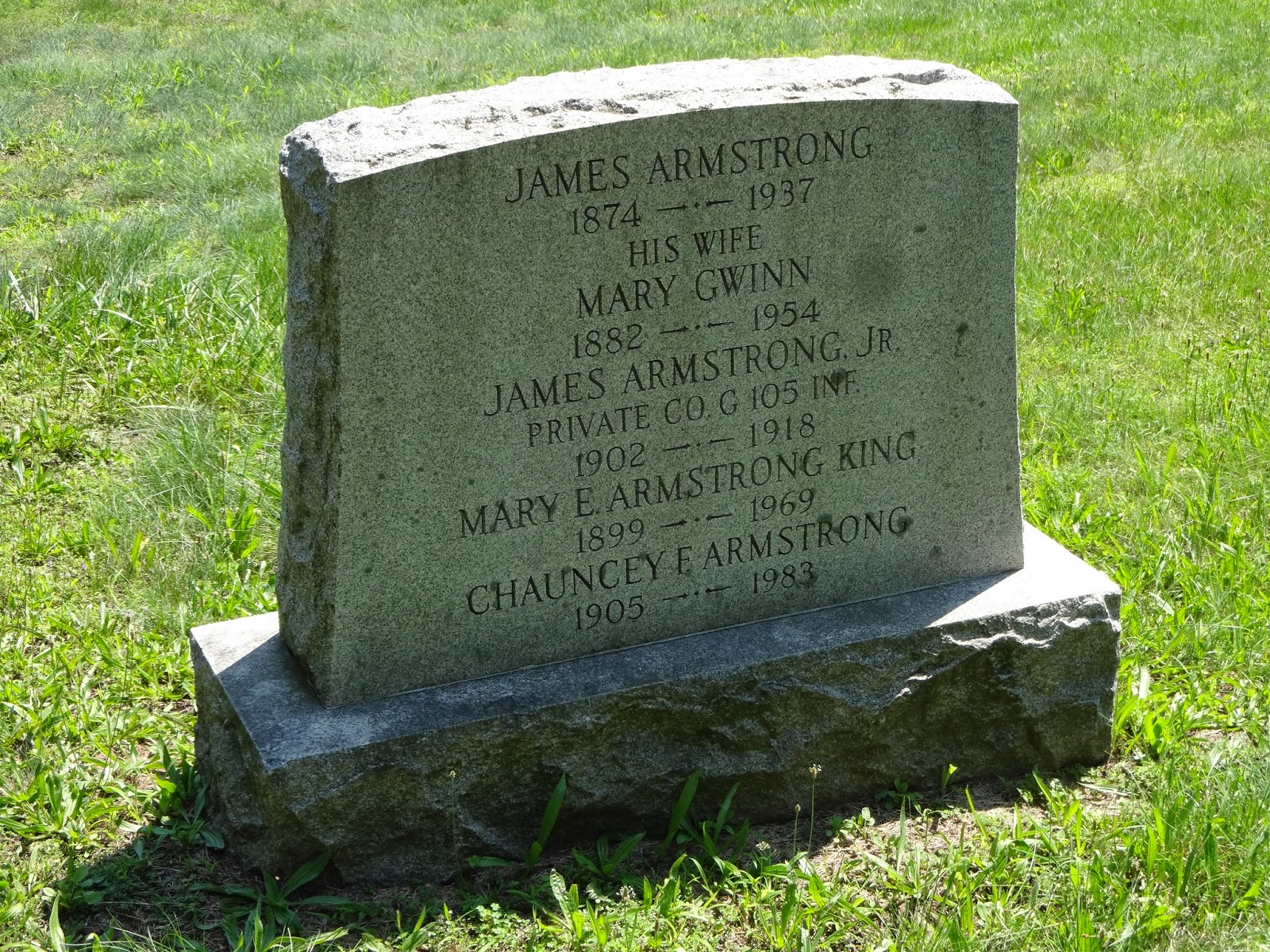While it's not carved deeply and a little difficult to read, the epitaph on this monument caught my eye. Maybe the light was at just the right angle, but the words, YE OLDE BOOK MAN stood out and certainly required a closer look.
1834 Joseph McDonough 1917 - Ye Olde Booke Man - Here lies McDonough The Great Bibliopole. Shall he be forgot? Oh no. He no promise broke, served no private end. Unblamed through life, lamented in the end. A wise old sage was he but not severe. His manly sense checked no decent joy. A graceful looseness he could put on, Enjoying life's enchanted cup to the brim.
McDonough was a well-known seller of used books in downtown Albany, beginning in 1870. He was a native of Ireland who sold books in Liverpool before continuing that trade here. He did business at a number of different locations in downtown Albany; over the years, various ads and directories place him at 53 and 55 State Street, 98 State Street, 30 North Pearl Street, and 39 and 41 Columbia Street. Later, he had a shop on Hudson Avenue. An ad in The Literary Collector for Ye Olde Booke Man, offers "libraries, or odd lots, or remainders of editions purchased" and "monthly catalogues of second-hand books mailed free on application." He was also a publisher; one of the more noteworthy local titles he produced was Players of A Century which traced the history of theatre in Albany and was authored by Henry P. Phelps who also wrote The Albany Rural Cemetery - Its Beauties, Its Memories.
He died on April 8, 1917 following what the Albany Evening Journal described as "a three weeks illness." The newspaper noted he had a "wide circle of friends" He was survived by a married daughter and a son, Paul Arthur McDonough, who was described as "an actor in London." Also buried with him are his wife and an eighteen year old daughter, Jane, who died of tuberculosis on Christmas Day, 1881.











